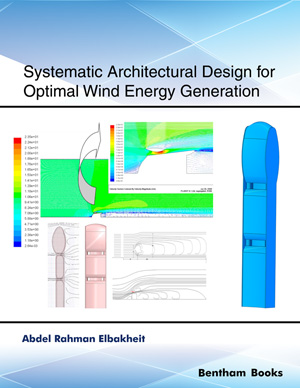Abstract
Incorporation of bioactive component around the surface of synthetic polymeric fiber is essential to improve the biocompatibility of scaffold. Core-shell structured nylon-6/lactic acid (LA) nanofibers have been produced via single-spinneret electrospinning from the simple blending of LA and nylon-6 solution. The low evaporation rate and plasticizer property of LA was found to be responsible for the formation of point-bonded morphology whereas solvent degradation of nylon-6 with complex phase separation mechanism could give spider-web-like architecture of the mat and core-shell structure of the composite fibers. These fibers were further treated with calcium base to convert surface LA into calcium lactate (CL) which could increase the biocompatibility of composite mat. The SBF incubation test and in vitro cell compatibility test showed that CL/nylon-6 composite mat has far better biocompatibility compared to the pristine nylon-6 scaffold. Therefore, the novel nanofibrous composite mat may become a potential candidate for bone tissue engineering.
Keywords: Calcium lactate, calcium phosphate, core-shell fibers, electrospinning, lactic acid, mineralization, nano-nets, nylon-6, tissue scaffold.




















